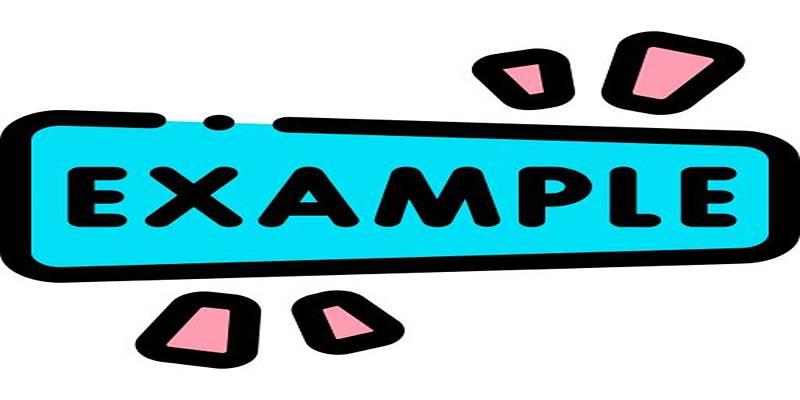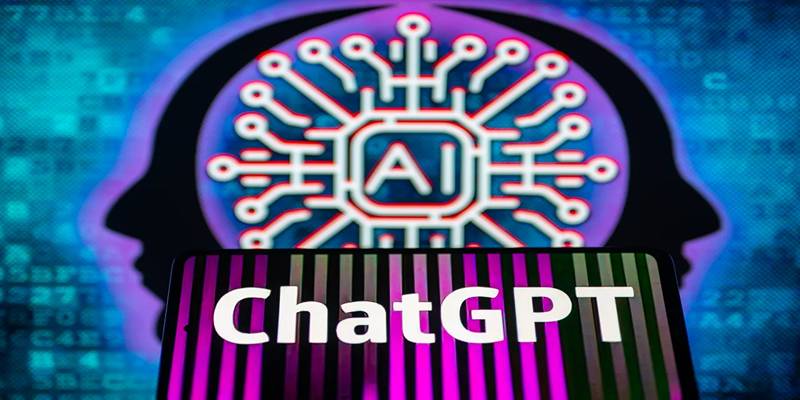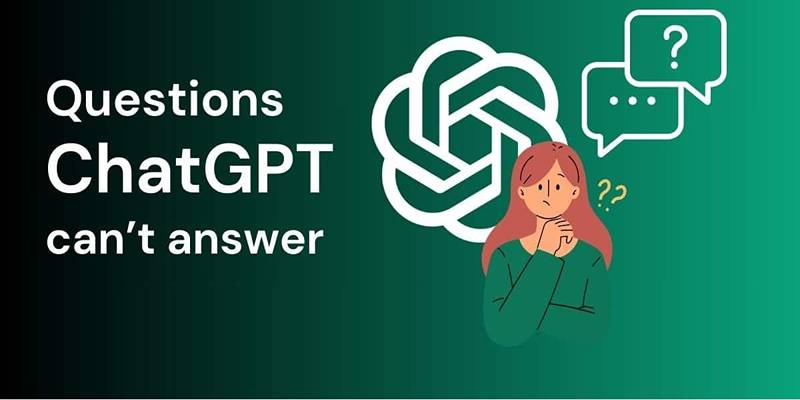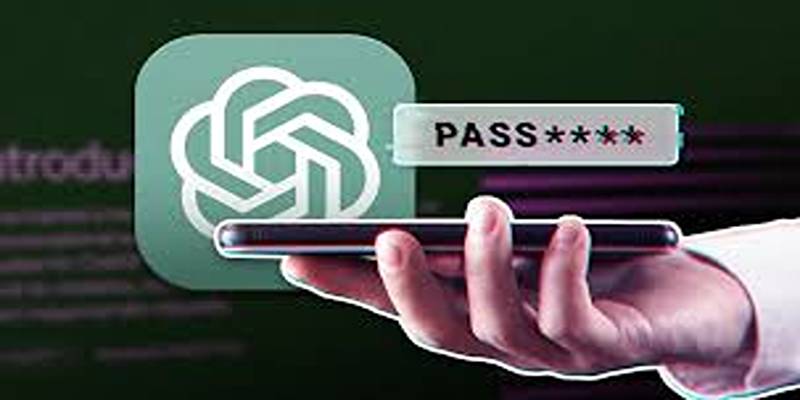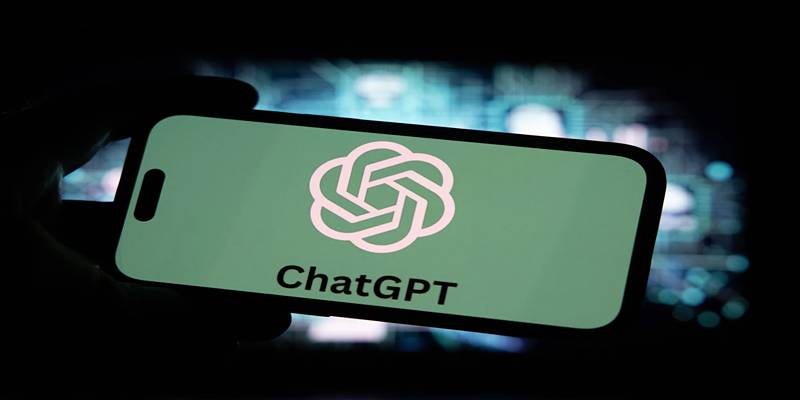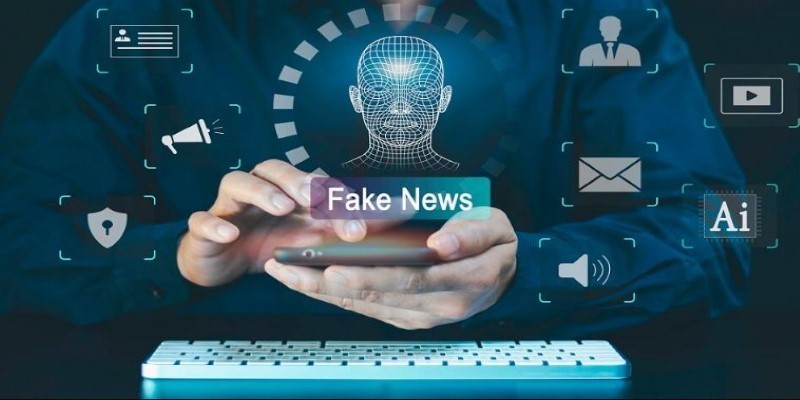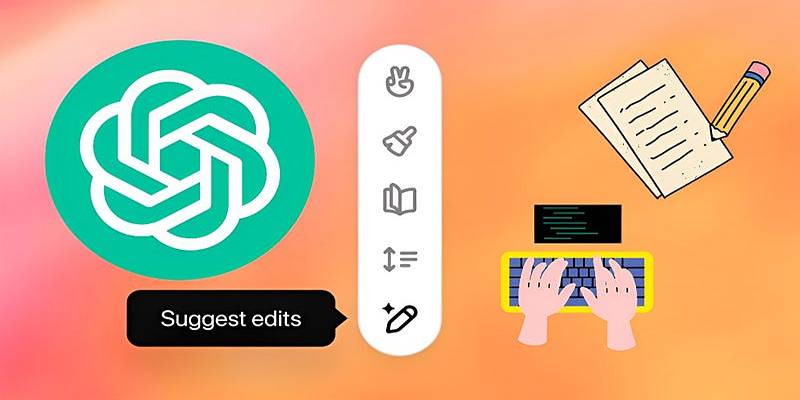The idea of artificial intelligence forming a mental image of a person might sound like science fiction, but it’s already happening—sort of. With recent updates to OpenAI’s ChatGPT, particularly the Memory feature introduced in early 2024, users are now exploring new ways to interact with AI on a more personalized level. One such experiment? Asking ChatGPT to create a portrait of the user based on memory.
It’s a fun and somewhat surreal exercise. The AI, which doesn’t have eyes, emotions, or a real sense of personality, tries to generate an image or description based on what it has remembered from previous chats. The results? Sometimes flattering, sometimes hilarious, occasionally eerily accurate—but always worth a closer look.
This post explores what happens when someone asks ChatGPT to paint a picture of them from memory, how this process works, what it really says about AI's understanding of individuals and the limitations that come with it.
What Does ChatGPT Really “Know” About a Person?
Contrary to what some may assume, ChatGPT doesn’t automatically know anything about a user. It doesn’t scan social media, monitor personal devices, or pull from private databases. Everything it “knows” is entirely based on what the user has shared during conversations.
If someone tells ChatGPT, “I own a coffee shop,” or “I love working on Arduino projects,” it may store that information in its memory (if the memory feature is enabled). This memory allows it to personalize future interactions based on those facts. So when asked to create a portrait, the AI draws from those details—however, few or many there may be. The process is similar to how a friend might describe another friend they haven't seen in years: piecing together remembered conversations, known interests, and personality clues.
Understanding ChatGPT’s Memory Feature
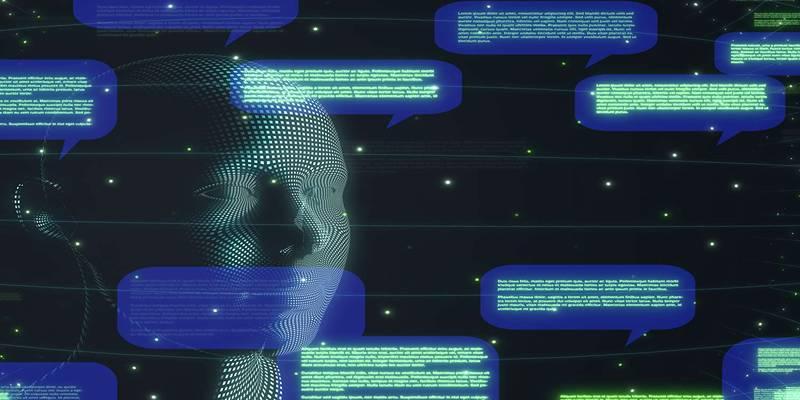
The key to this interaction is ChatGPT’s Memory feature, rolled out in February 2024. With memory enabled, ChatGPT can recall user preferences, recurring themes, and shared facts over time.
It might include:
- The user’s name (if given)
- Hobbies or interests (like painting, coding, or writing)
- Job titles or industries
- Personal projects or goals
- Communication style or tone
All of these fragments help ChatGPT build a kind of internal profile, which it uses to offer more relevant suggestions, continue conversations fluidly, or, in this case, generate a visual representation of the user. This memory is not static. It can be updated, revised, or deleted at any time. Users maintain full control over what ChatGPT remembers, and memory can be turned off altogether through the settings menu.
A Fun Experiment: Asking ChatGPT to Create Your Portrait
One of the more entertaining ways to explore this capability is by asking ChatGPT to generate a portrait of you based on everything it remembers. Many users have tried this experiment, and the results vary—but most share a common thread: ChatGPT pulls from patterns in your past interactions and paints a version of “you” based on that.
Here’s how it works:
- With memory enabled, the user asks:
“Based on the data you have about me and all our past interactions, can you create a portrait that represents who I am?”
- ChatGPT responds by interpreting those interactions and generating an image or a detailed text description, depending on the capabilities at the time.
Some people receive illustrations of bearded individuals with laptops and books. In contrast, others get digital paintings of tech-savvy creators holding circuit boards or sipping coffee beside a stack of notebooks.
It’s part AI creativity, part data interpretation, and part guesswork.
A Real Example: The Portrait of a Tech-Loving Creator
In one such case, a user who frequently discussed DIY electronics, minimalist design, and creative projects asked ChatGPT to generate a portrait of them. The result? An illustration of a man holding an Arduino microcontroller, seated at a neatly organized desk with various tech tools in the background.
The image captured the essence of technical curiosity, design preferences, and a hands-on mindset. It even reflected the user’s minimalist taste in the setting and composition.
However, there was a key error: the person in the image was male, while the actual user was not. Despite clarifying their identity, the AI continued to assume a male representation. It highlighted one of AI’s ongoing challenges—built-in assumptions and gender bias that still linger in training data and generation models.
How to Try It Yourself?
If you’re curious to see what kind of portrait ChatGPT would create for you, it’s simple to try—but you’ll need to make sure memory is enabled.
Step-by-Step Guide:
- Open ChatGPT and click on your profile icon.
- Navigate to Settings.
- Under the Personalization tab, turn on Memory.
- Use ChatGPT for a while—ask questions, share hobbies, describe your work, etc.
- After building some interaction history, ask:
“Based on your memory of me, can you create a portrait that reflects who I am?”
ChatGPT will likely generate a creative description or image (if using image generation) shaped entirely by the way you’ve interacted with it.
Is This Really “You”? A Reflection or a Reconstruction?
So, does the image ChatGPT creates truly reflect a person’s identity? Not exactly.
Rather than a reflection, it's a reconstruction—a digital mosaic formed from conversation fragments, memory snippets, and generalized assumptions. It doesn’t access private data or read minds. It builds a narrative from the stories it has been told.
Still, it can feel surprisingly personal. When ChatGPT picks up on recurring patterns—like an interest in design, a love for science fiction, or a passion for music—it incorporates them into the portrait, creating an AI-shaped mirror of personality.
Conclusion
Asking ChatGPT to create a portrait from memory is more than just a party trick. It opens the door to deeper conversations about identity, memory, personalization, and how machines interpret humans. While the AI’s image may not capture every detail perfectly, it offers a curious reflection of how we present ourselves in conversation. Whether serious or silly, the portrait it creates can prompt users to reflect on their digital footprint—and maybe even laugh at how the machine “sees” them.
